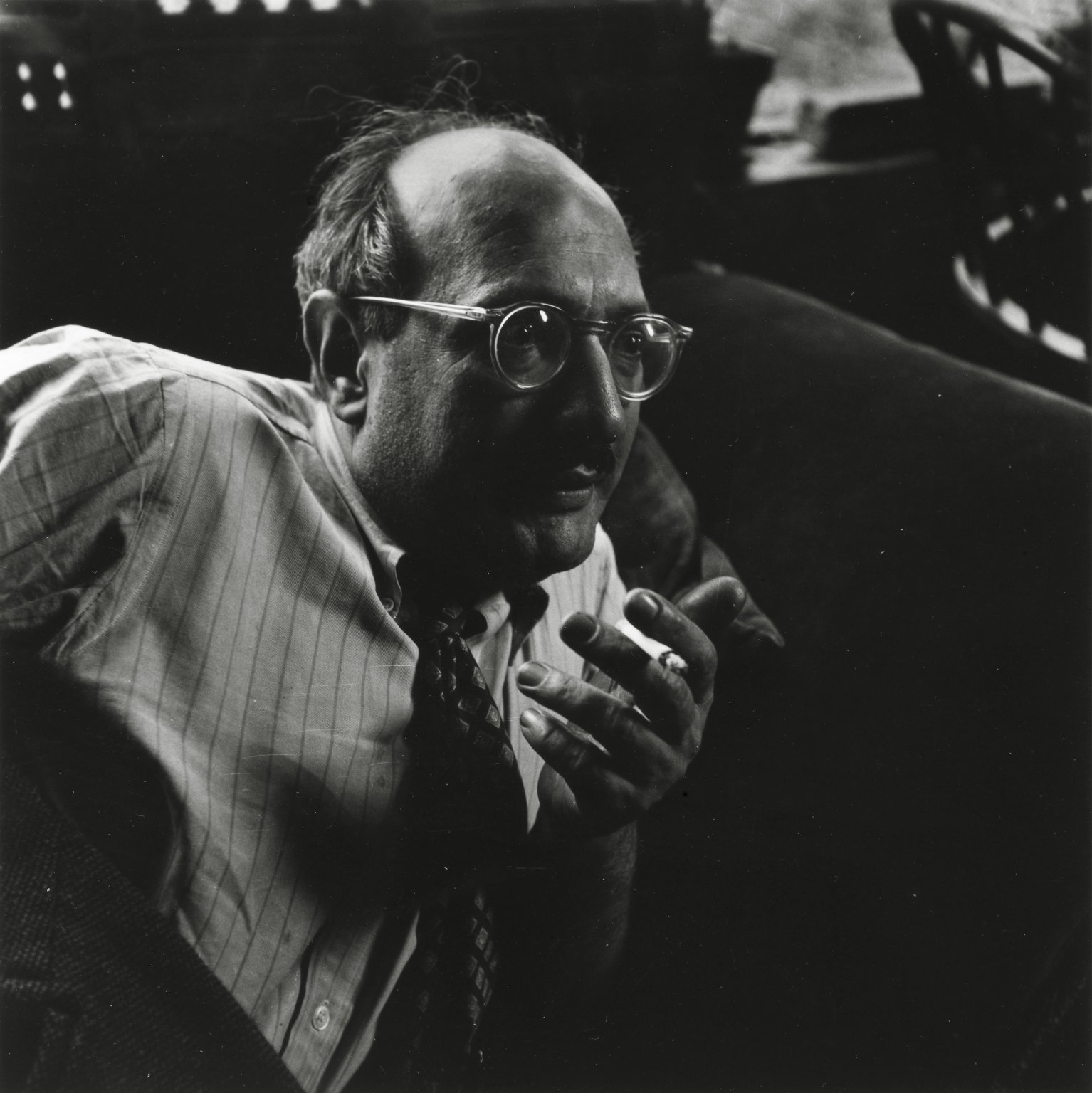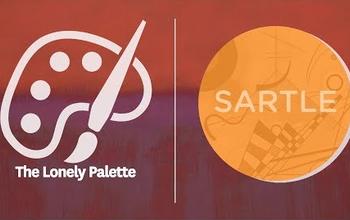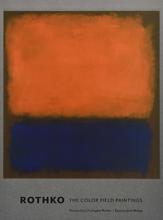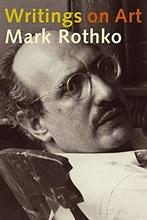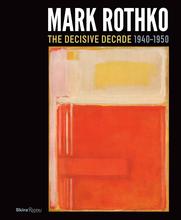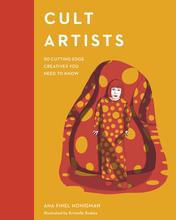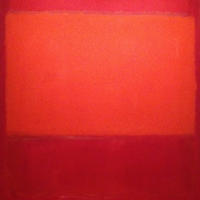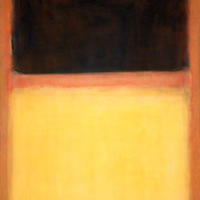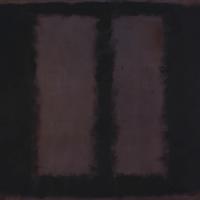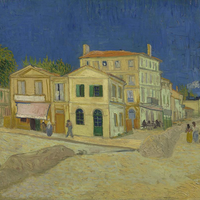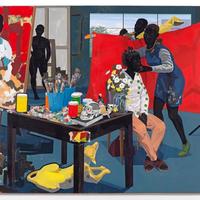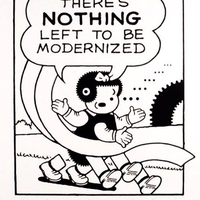More about Mark Rothko
- All
- Info
- Video
- Shop
Works by Mark Rothko
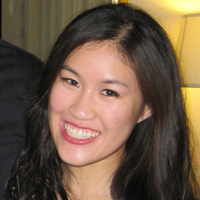
Sr. Editor
Pissing off Mark Rothko would be a grave mistake.
He was part of a theater group run by Josephine Dillion, Clark Gable's wife.
He preferred painting to sculpture. 'Painting is so poetic, while sculpture is more logical and scientific and makes you worry about gravity.'
Rothko painted a series of works for the restaurant at the Four Seasons Hotel in New York. He then refused to deliver them because he was being a huge diva and felt the lighting in the room was just not right and the diners did not deserve to enjoy his works. This episode was the subject of the 2010 Tony award winning play 'Red.'
In 1968 he was diagnosed with a mild aortic aneurysm and to the chagrin of his doctors continued to drink, smoke, not exercise, and eat poorly. He did, however, follow their orders to paint pictures no larger than a yard in height. He committed suicide by cutting his wrists. His autopsy revealed that he also overdosed on antidepressants.
Rothko and his financial advisor, Bernard Reis, created an art and education foundation to be funded by Rothko’s work to be received after his death. Reis instead sold them to an art gallery for cheap and they split the profits from the sales. Rothko’s children rightfully sued the gallery and Reis and it went on for TEN years. At the time the scandal was known as the 'Watergate of the art world.' The dealer didn't do himself any favors when he supposedly told one reporter 'I collect money, not art.'
Featured Content
Here is what Wikipedia says about Mark Rothko
Mark Rothko (IPA: /ˈrɒθkoʊ/), born Markus Yakovlevich Rothkowitz (Russian: Ма́ркус Я́ковлевич Ротко́вич, Latvian: Markuss Rotkovičs; name not Anglicized until 1940; September 25, 1903 – February 25, 1970), was a Latvian-born American abstract painter. He is best known for his color field paintings that depicted irregular and painterly rectangular regions of color, which he produced from 1949 to 1970. Although Rothko did not personally subscribe to any one school, he is associated with the American abstract expressionism movement of modern art.
Originally emigrating to Portland, Oregon, from the Russian Empire (Latvia) with his family, Rothko later moved to New York City where his youthful period of artistic production dealt primarily with urban scenery. In response to World War II, Rothko's art entered a transitional phase during the 1940s, where he experimented with mythological themes and Surrealism to express tragedy. Toward the end of the decade, Rothko painted canvases with regions of pure color which he further abstracted into rectangular color forms, the idiom he would use for the rest of his life.
In his later career, Rothko executed several canvases for three different mural projects. The Seagram murals were to have decorated the Four Seasons Restaurant in the Seagram Building, but Rothko eventually grew disgusted with the idea that his paintings would be decorative objects for wealthy diners and refunded the lucrative commission, donating the paintings to museums including the Tate Gallery. The Harvard Mural series was donated to a dining room in Harvard's Holyoke Center (now Smith Campus Center); their colors faded badly over time due to Rothko's use of the pigment lithol red together with regular sunlight exposure. The Harvard series has since been restored using a special lighting technique. Rothko contributed 14 canvases to a permanent installation at the Rothko Chapel, a non-denominational chapel in Houston, Texas.
Although Rothko lived modestly for much of his life, the resale value of his paintings grew tremendously in the decades following his suicide in 1970. His painting No. 6 (Violet, Green and Red) sold in 2014 for $186 million.
Check out the full Wikipedia article about Mark Rothko

